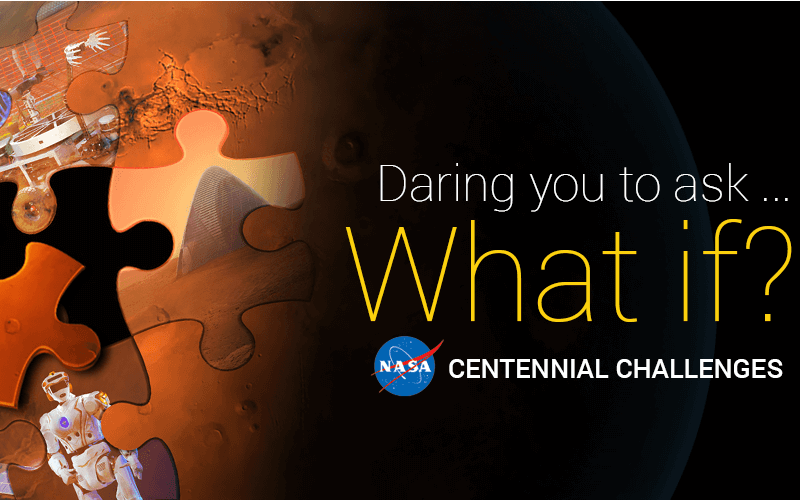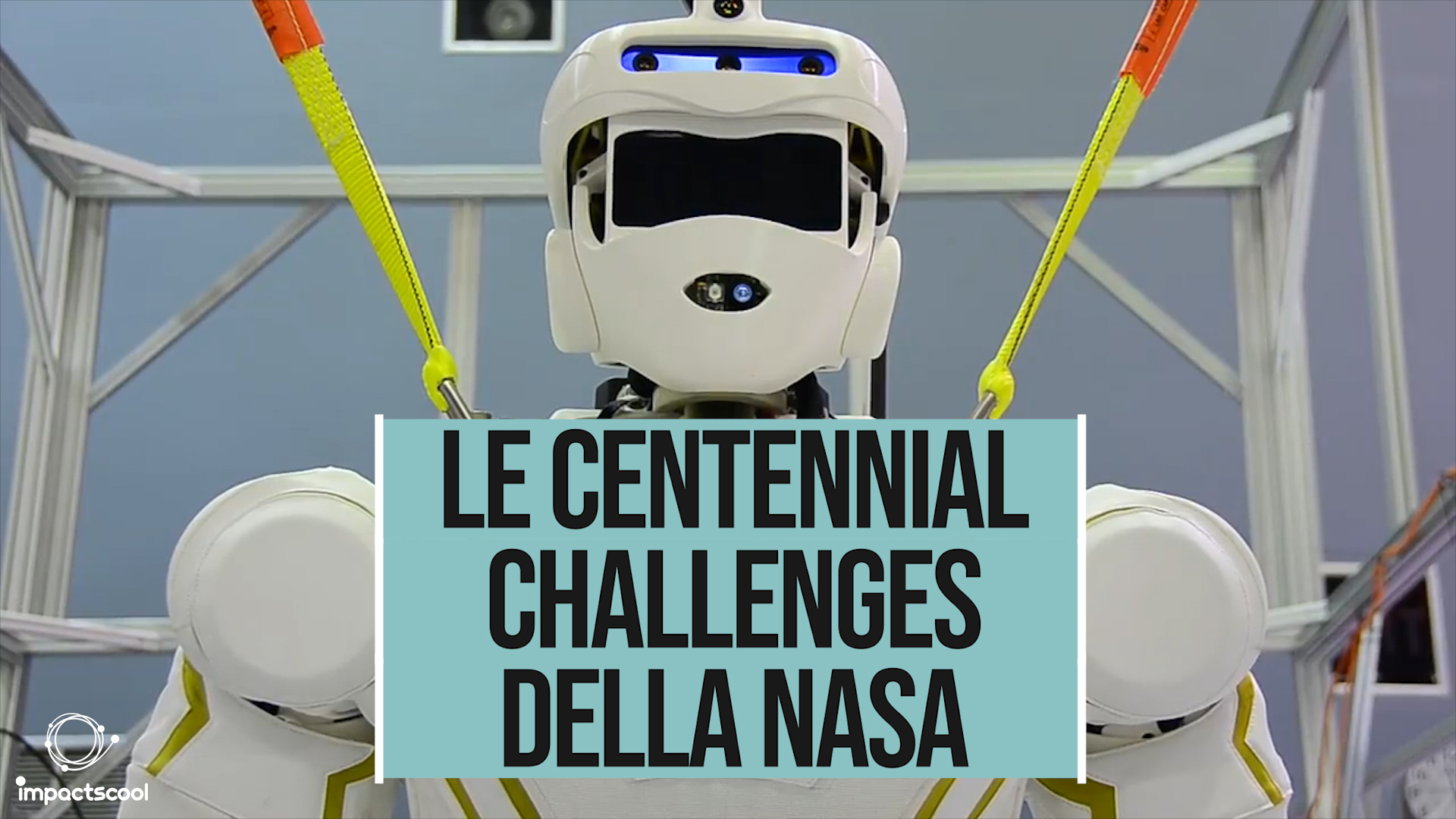NASA’s Centennial Challenges
2 July 2019 | Written by La redazione
The future of space exploration is everyone's challenge. This seems to be the message of the American space agency, which continues to launch centennial challenges: we discover what they are.

On December 17, 1903, in an expanse of Kitty Hawk, North Carolina, for the first time, a vehicle heavier than air took flight. It was the famous aircraft of the Wright brothers, a historic moment that led to a revolution in transport and travel and that incredibly shortened the distances. The two, who were simple civilians, had set themselves a problem, or how to make a person fly: through a long process of design, development, trial, and error, they succeeded in their goal.
One hundred years later, NASA, partly descending from that effort, decides to create a series of competitions, precisely the centennial challenges, challenges to solve some of the problems of the aerospace world and also to involve the public by taking it to the other side of this world: ordinary people on their own or in the form of teams, could touch and see what it means to solve a complex problem using ingenuity and technology, learning from mistakes. The general public is given the opportunity not only to be a passive spectator but, just like the Wright brothers a hundred years earlier, to become part of the solution and, as civilians, to face the problems that the cosmos puts before us.
Centennial Challenges. Created in 2003 but started for the first time in 2005, the centennial challenges have seen many themes and as many participants follow each other over the years. The challenges did not have a symbolic meaning or simple entertainment but actively sought a solution to serious problems that the US agency faced. From developing gloves for astronauts more comfortable and maneuverable to systems for recovering samples from the surface of another planet, the challenges are incredibly specific and impose constraints on the participants that correspond to the real ones once they are applied in space exploration.
Oxygen from the rock. One of these challenges, for example, called MoonROx challenge, asked participants to develop a system to extract 2.5 kilograms of oxygen from 100 kilograms of regolith (the type of soil that covers the Moon) in less than 4 hours using only 10 kW. The prize of $ 250,000 has not yet been won, showing how difficult it is to develop such systems. What matters, however, is applicability. The moment a system of this type is developed it can be used in real space missions and the same applies to all other challenges.
The last challenge that ended successfully was the 3D printed habitat challenge, which we talked about here, which saw a team from the design studio called AI SpaceFactory develop and build a scaled version of their Martian habitat printed in 3D with materials recovered on site and that could be used in the future, if not on Mars, on the Moon.
Since 2005 the challenges have been many and constantly new ones are being promoted, an activity that leads NASA to be both the main actor of many initiatives related to space exploration but also the intermediator between the common people and space. This involvement activity does not only take place through the dissemination of images, videos, and information but also by bringing the general public to face the challenges of space exploration by actively participating in the construction of our future in space






